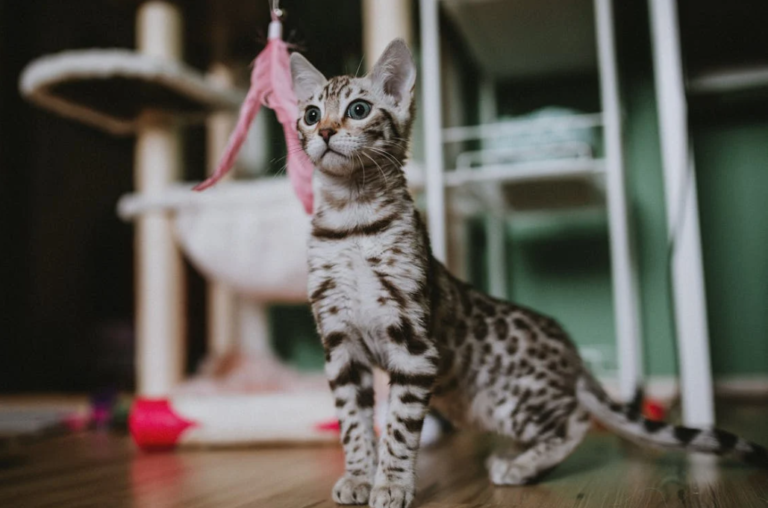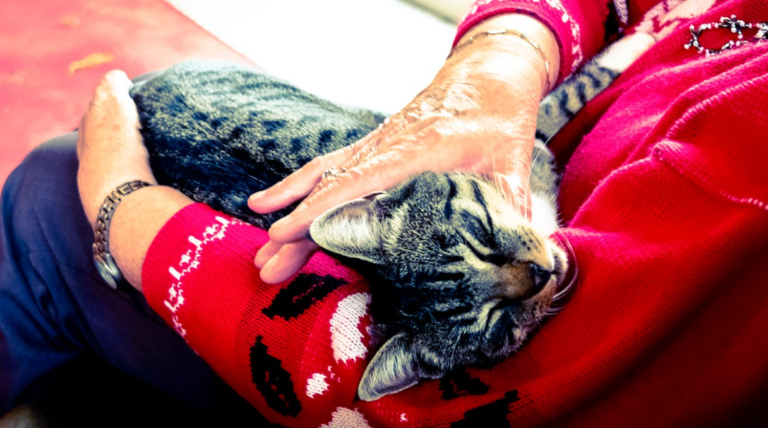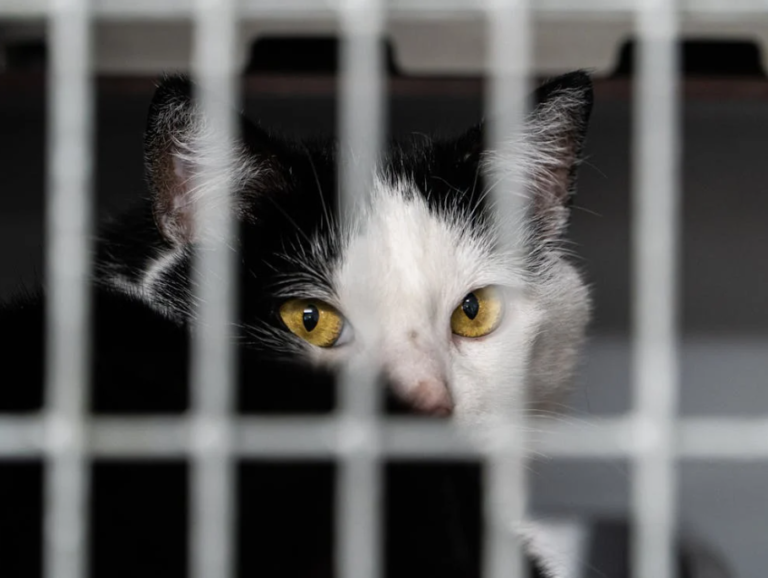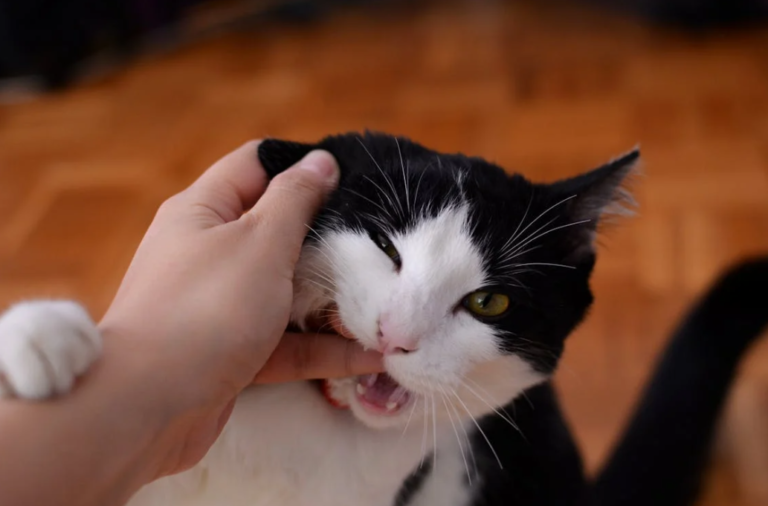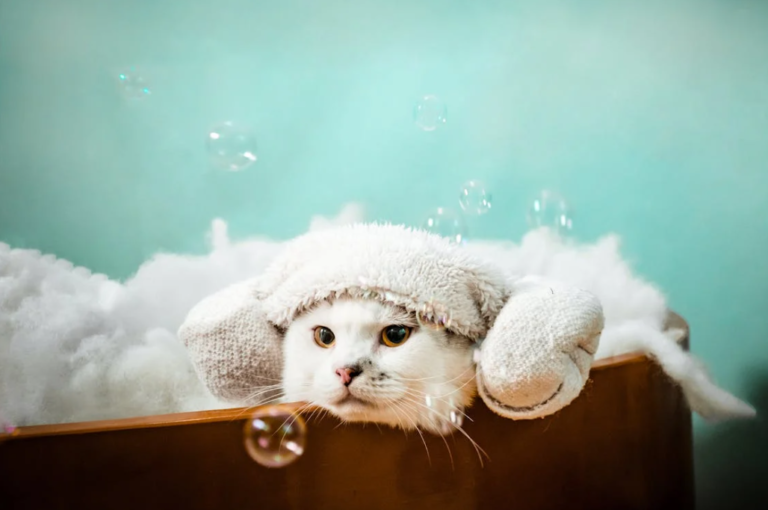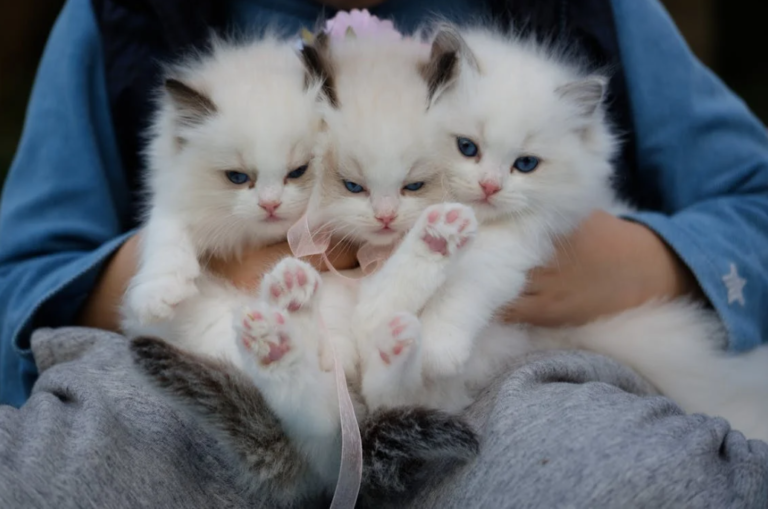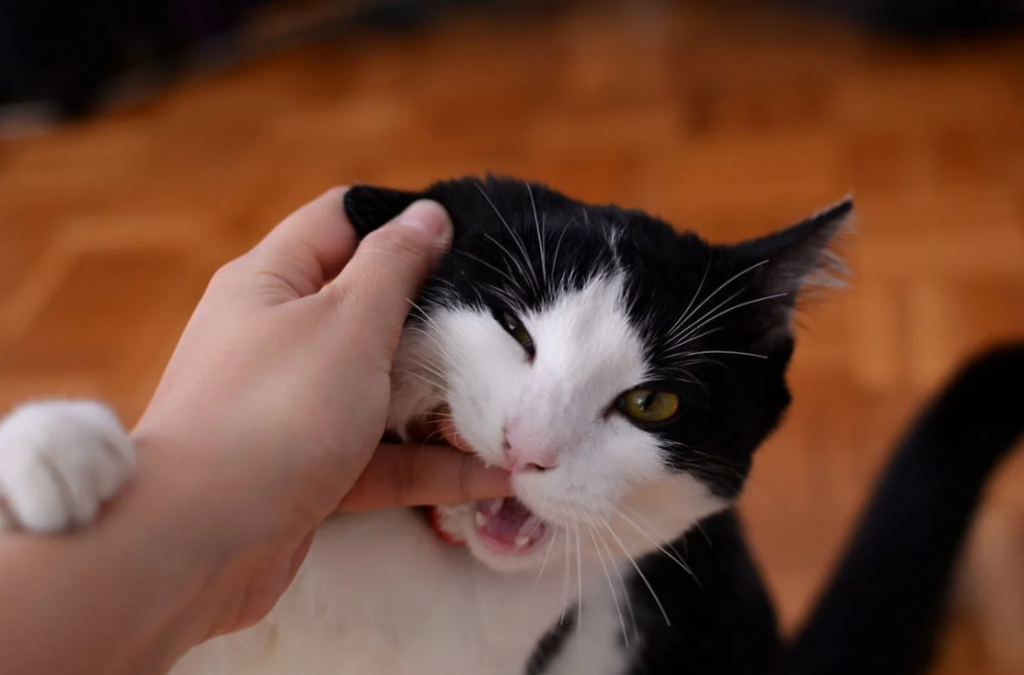Understanding cat behavior can often feel like solving a delightful, furry mystery. But as cat lovers, we revel in every head tilt, every purr, and yes, even every playful swat. Each little quirk is a cue into their inner world, making our connection with these enigmatic beauties even more profound. To aid in deciphering these mysteries, I’ve compiled some fascinating insights into common cat behaviors, along with a selection of top-selling Amazon products that can help foster a better understanding and bond with your feline friend.
Decoding Cat Behavior: A Comprehensive Guide
Cats are complex creatures with a rich emotional landscape. Understanding their behavior not only helps in building a stronger bond but also ensures their well-being. For example, if you find your cat staring at you without blinking, it might not be a contest of wills, but rather a sign of affection or perhaps curiosity about your actions.
Book Recommendation: One highly recommended read is “The Trainable Cat: A Practical Guide to Making Life Happier for You and Your Cat” by John Bradshaw and Sarah Ellis. This book offers a glimpse into the psychology of training and understanding your cat, making your co-existence more harmonious.
Why Does My Cat Stare at Me?
Staring is just one of many behaviors that can perplex cat owners. Cats often use eye contact to communicate a range of emotions, from love to annoyance. When paired with slow blinking, it’s generally a sign of trust and comfort. You can reciprocate with your own slow blinks to tell your cat that you love them too.
The Science of Meow
Ever wonder what your cat’s incessant meowing means? Different vocalizations can signify various needs or emotions. A short meow often means they’re saying hello, while longer, drawn-out sounds might indicate a demand for food or attention. Understanding these sounds can greatly aid in responding to their needs.
Product Recommendation: The “Feliway Classic Cat Calming Diffuser Kit for Cats” can help reduce stress-related meowing by mimicking natural feline pheromones.
Understanding Cat Body Language
Deciphering a cat’s body language is crucial for understanding their mood and intentions. Tail positions, ear movements, and even whisker placement tell us a great deal about a cat’s emotional state. For example, a puffed-up tail indicates fear, while a relaxed, slowly swaying tail suggests contentment.
10 Common Cat Behaviors Explained
Cats exhibit a range of behaviors that can be puzzling to their human companions. Kneading is a comforting behavior that harks back to kittenhood, while pouncing is a throwback to their hunting instincts. Unprovoked aggression can often be a sign of underlying issues like stress or illness.
Why Is My Cat So Clingy?
Some cats display an intense need for closeness, often staying near their owners at all times. While endearing, this behavior can be a sign of anxiety or other attachment issues. Helping your cat feel more independent can involve setting boundaries and providing engaging toys.
Product Recommendation: The “SmartyKat Skitter Critters Catnip Cat Toys” are perfect for stimulating your cat’s play instincts and encouraging independent play.
Litter Box Secrets
A cat’s litter box habits can tell you a lot about their health and stress levels. Frequent trips or sudden changes in behavior can indicate issues ranging from medical conditions to environmental stressors.
Product Recommendation: Keep the litter box clean and inviting with the “PetSafe ScoopFree Automatic Self-Cleaning Cat Litter Box”. A clean environment can help maintain consistent litter box behavior.
The Night Owl Nature of Cats
Cats are crepuscular, meaning they are most active during dawn and dusk. This explains their bursts of energy during odd hours. Creating an environment that caters to these natural rhythms can make living together more harmonious.
Is Your Cat Mad at You?
Contrary to popular belief, cats don’t exhibit anger like humans do. If your cat seems irritable, it might be due to changes in their environment, a new pet, or a disruption in their routine. Providing stability and understanding their triggers can help mitigate these behaviors.
Cats and Comfort
Cats have unique ways of showing affection—from purring and head-butting to bringing you “gifts.” Recognizing these signs helps in reinforcing positive interactions and fostering a loving relationship.
Book Recommendation: For deeper insights into feline affection, consider “The Cat Whisperer: Why Cats Do What They Do–and How to Get Them to Do What You Want” by Mieshelle Nagelschneider. This book offers practical advice on how to better understand and influence your cat’s behavior.
Conclusion
Understanding your cat’s behavior can feel like learning a new language, but once you get the hang of it, the rewards are immeasurable. Whether it’s through recognizing their vocalizations, interpreting their body language, or simply appreciating their nocturnal antics, each insight brings you closer to your furry companion.
For more engaging reads and insightful tips on understanding and caring for your cat, visit PurrfectMeowments.com/blogs/.
Resources:
- “The Trainable Cat: A Practical Guide to Making Life Happier for You and Your Cat” by John Bradshaw and Sarah Ellis
- “How to Speak Cat: A Guide to Decoding Cat Language” by Aline Alexander Newman and Gary Weitzman
- “The Cat Whisperer: Why Cats Do What They Do—and How to Get Them to Do What You Want” by Mieshelle Nagelschneider
- Feliway Classic Cat Calming Diffuser Kit for Cats: Link
- SmartyKat Skitter Critters Catnip Cat Toys: Link
- PetSafe ScoopFree Automatic Self-Cleaning Cat Litter Box: Link



